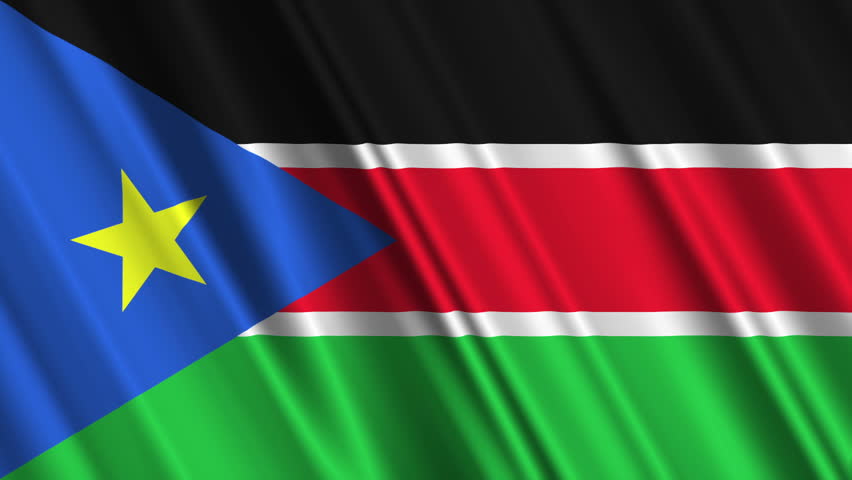
A plane crash at Juba International Airport on Tuesday morning has left five people dead, the airport country director has confirmed.
“The event happened this morning as the plane was taking off at 10.36 am heading to Maban in the Upper Nile State.
The cargo plane, which is owned by Optimum Aviation, had been chartered by Auro Aviation to carry fuel and some other small items. It had five people board, who all perished.
“Rescue team from the International Committee of Red Cross went there to search. The deceased are identified as two Russian, two Sudanese and one South Sudanese,” Mr Kur Kuol told The EastAfrican via cellphone.
The latest crash brings to 87 the number of people killed in aircraft accidents since South Sudan gained Independence IN 2011.
Past crashes
In March this year, a commercial plane crash in Jonglei State left at least 11 people dead.
Earlier in January, a military went down in Lakes State, leaving four people injured, according to Rumbek aviation authority.
In August last year, a chartered plane owned by South West Aviation Company crashed shortly after taking off from Juba International Airport, killing eight people on board.
A South Link aircraft in July last year crashed in defunct Fangak State in Greater Jonglei State carrying humanitarian aid staff. There was no fatality in the incident.
Also in September 2018, a South West Aviation Company’s plane crashed in Yirol Town of Lakes State killing over 20 people including a popular bishop and other government officials.
IATA neglected call
On February 8, 2021, the International Air Transport Association in a letter to South Sudan’s civil aviation authority called for the implementation of safety standards.
The association stressed that many interventions have not resulted in a clear improvement in safety performance.
In addition, the aviation body claimed that Juba is considered a challenging operational environment due to the following reported deficiencies; air traffic services, industrial action by civilian air traffic service personnel and deployment of military air traffic controllers to replace civilian personnel among others.

